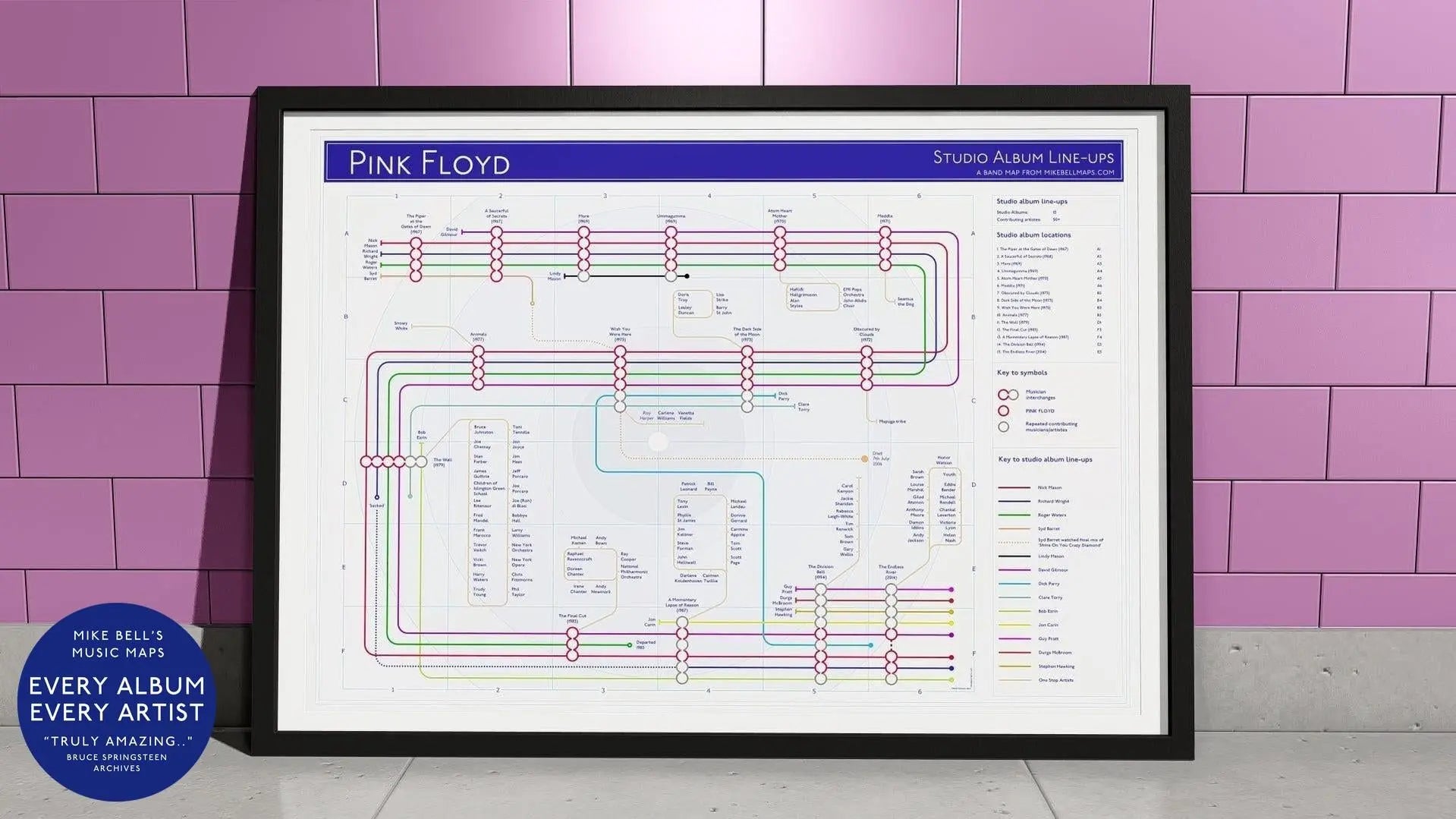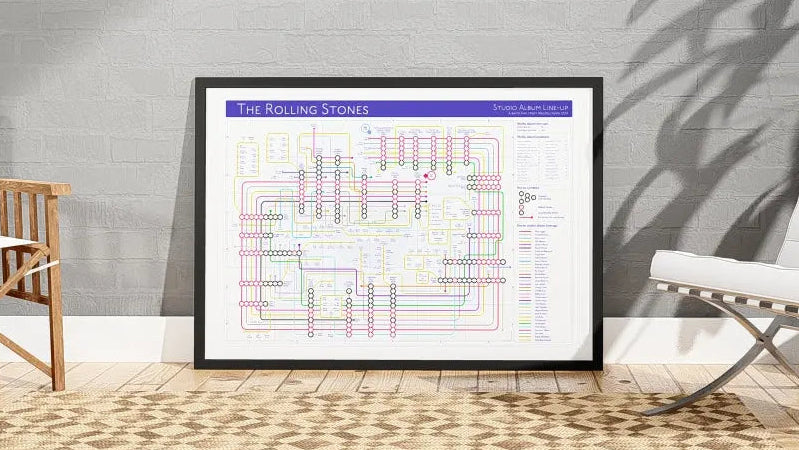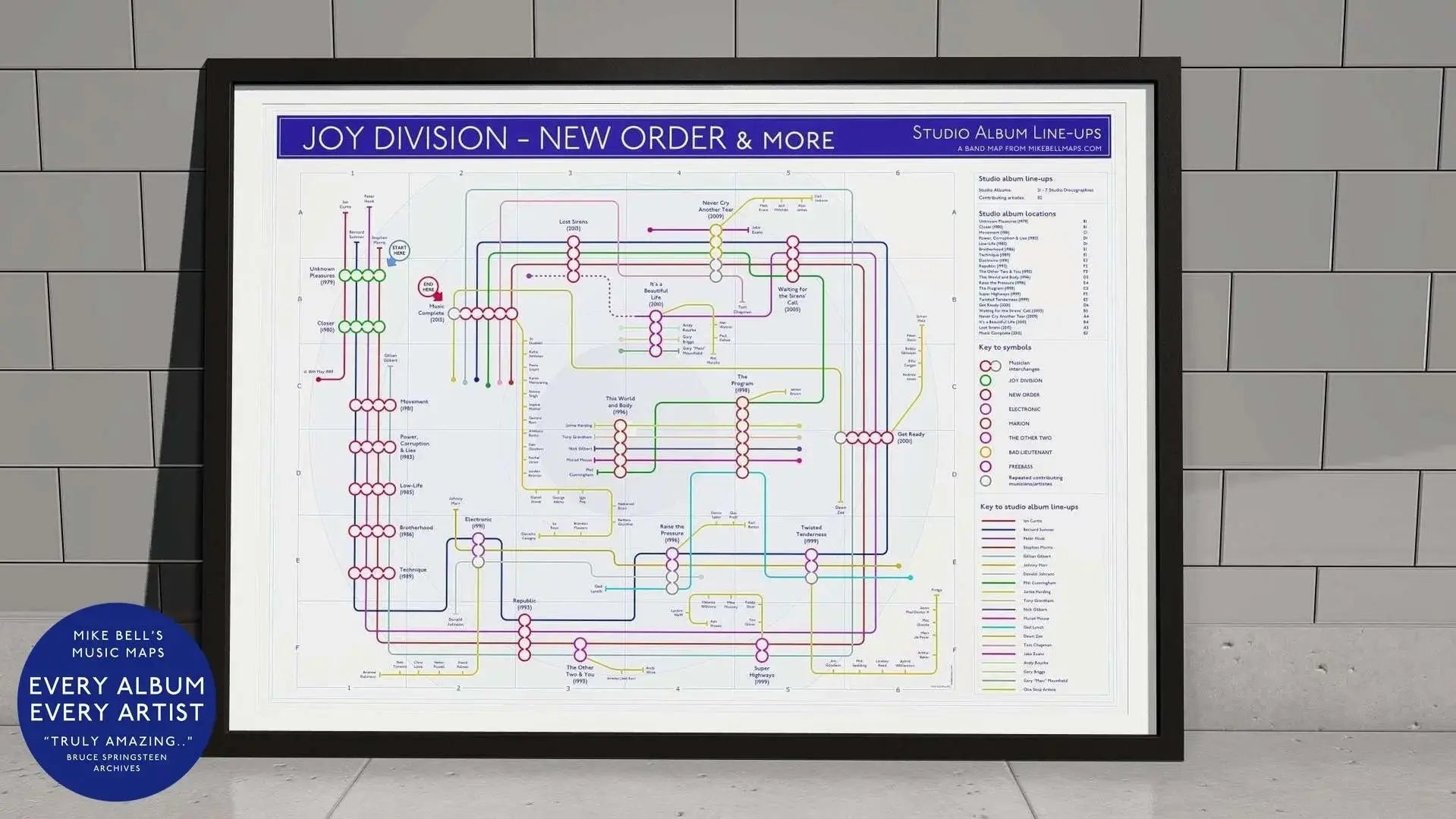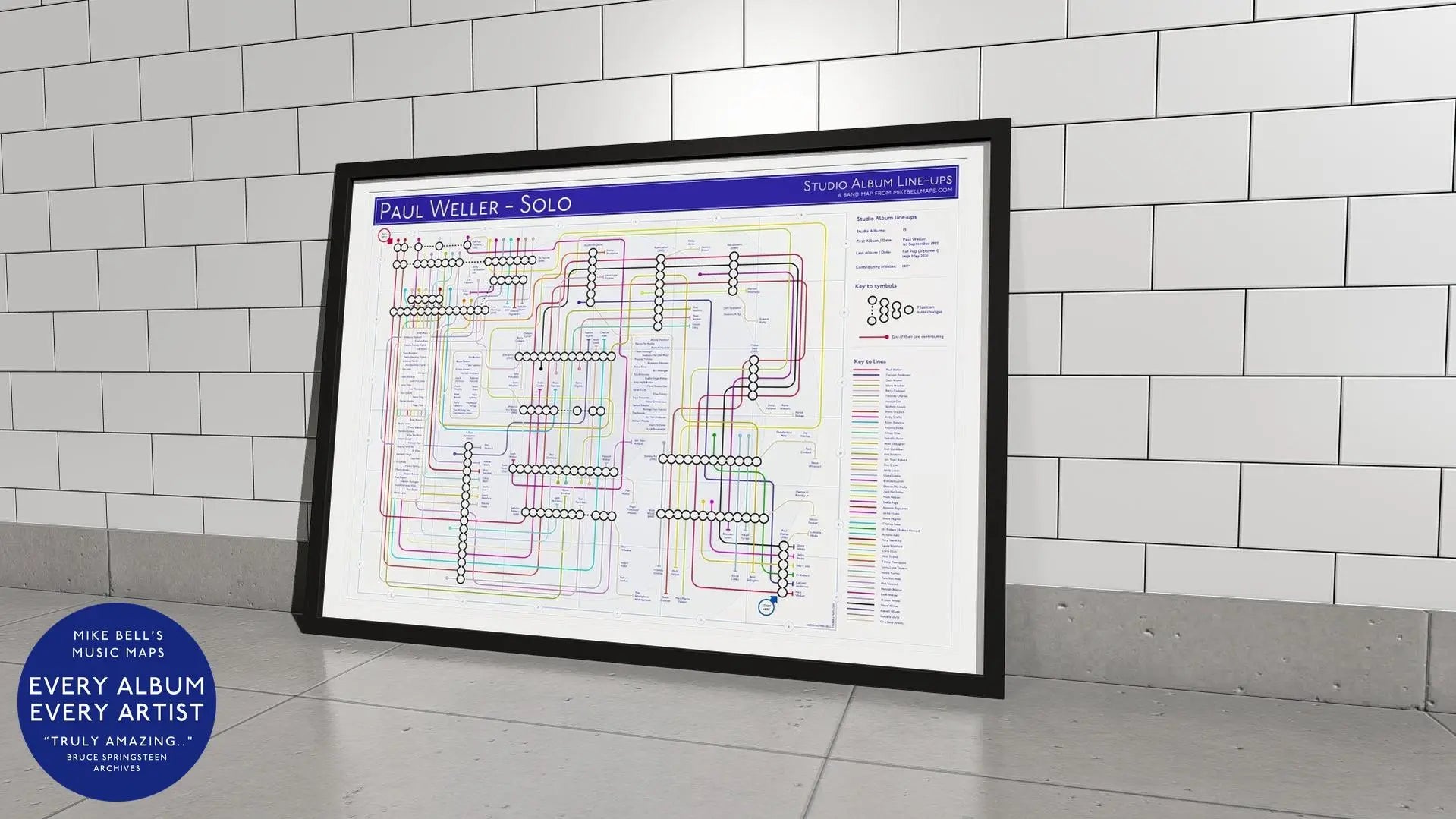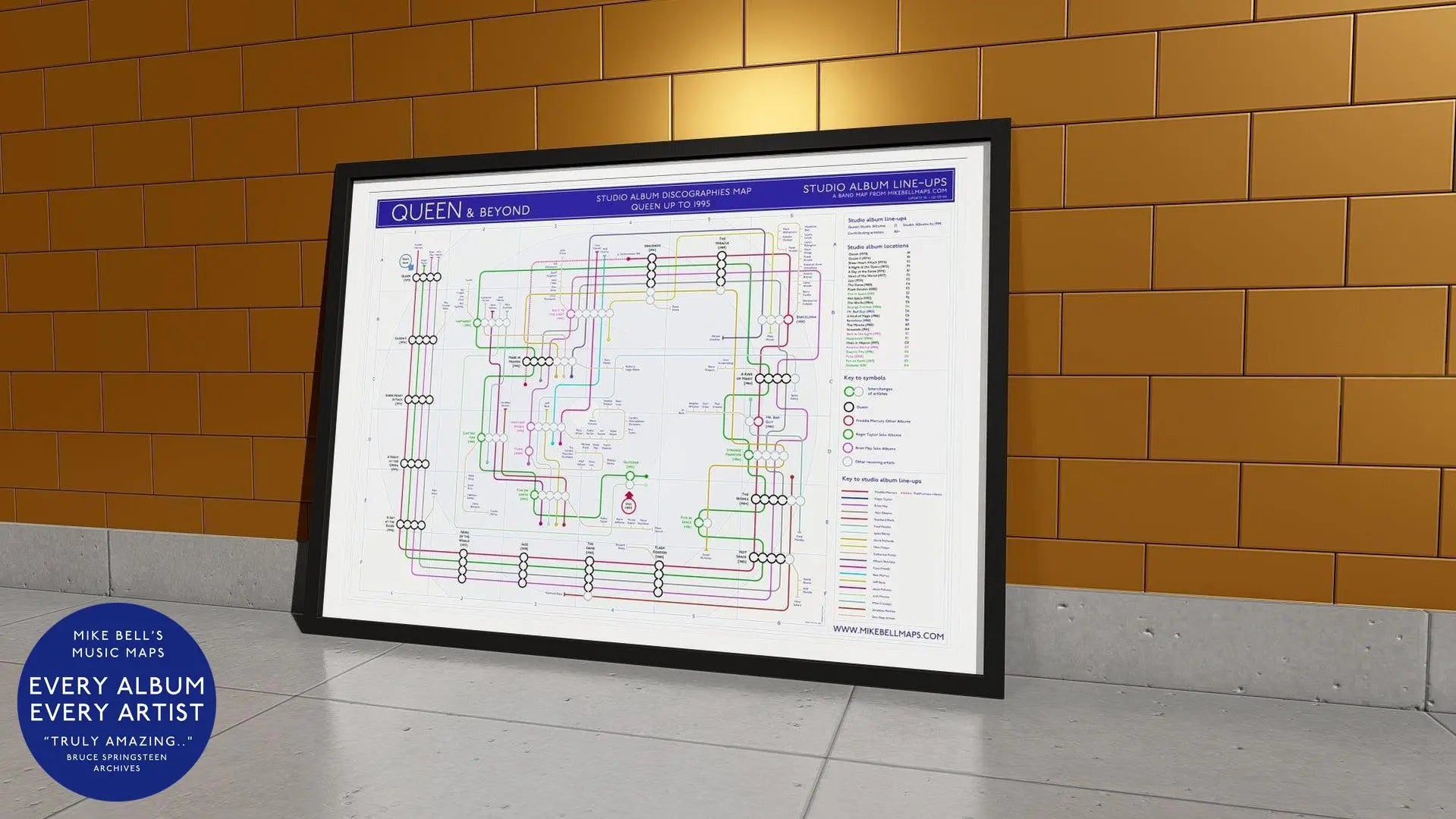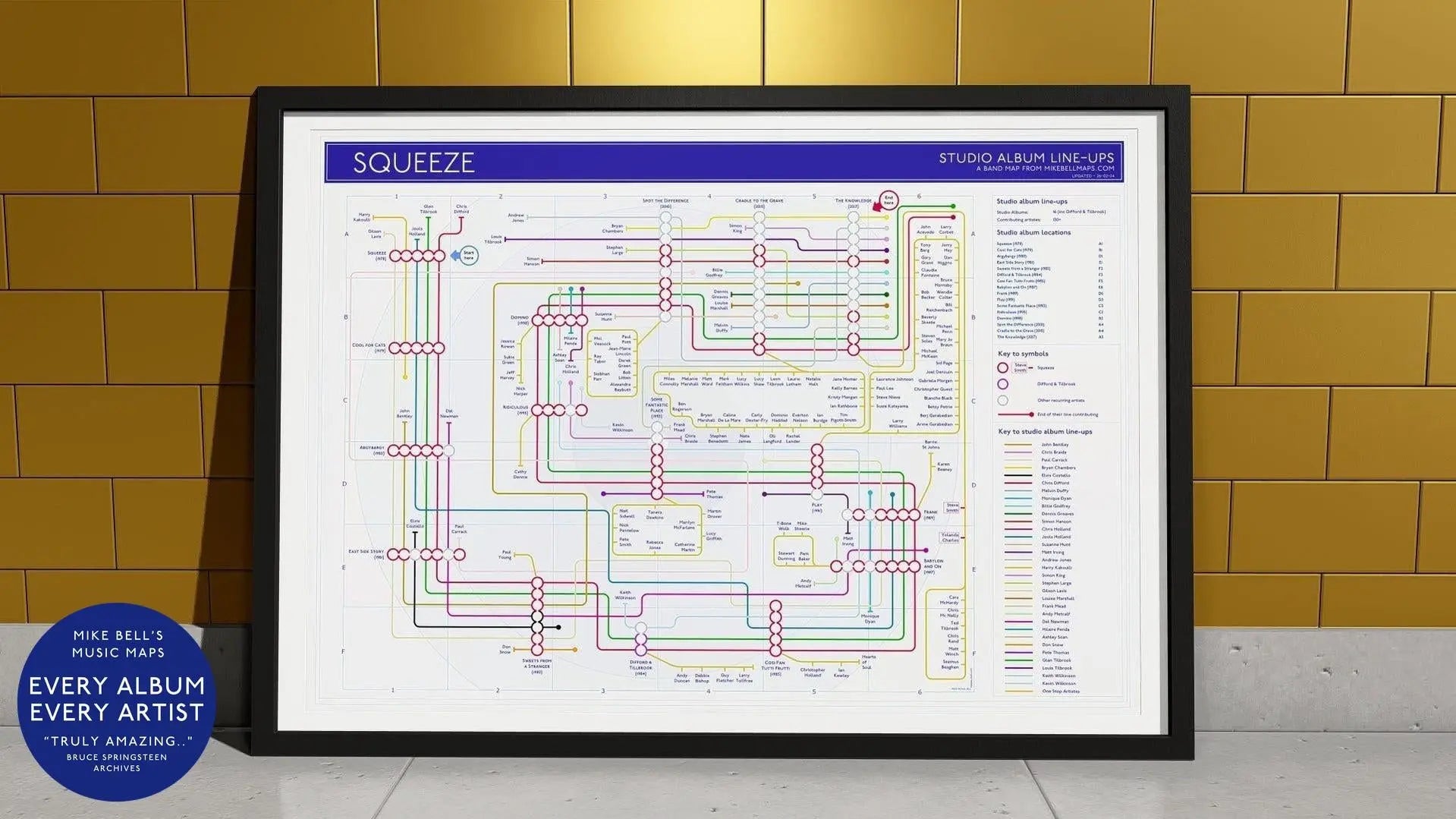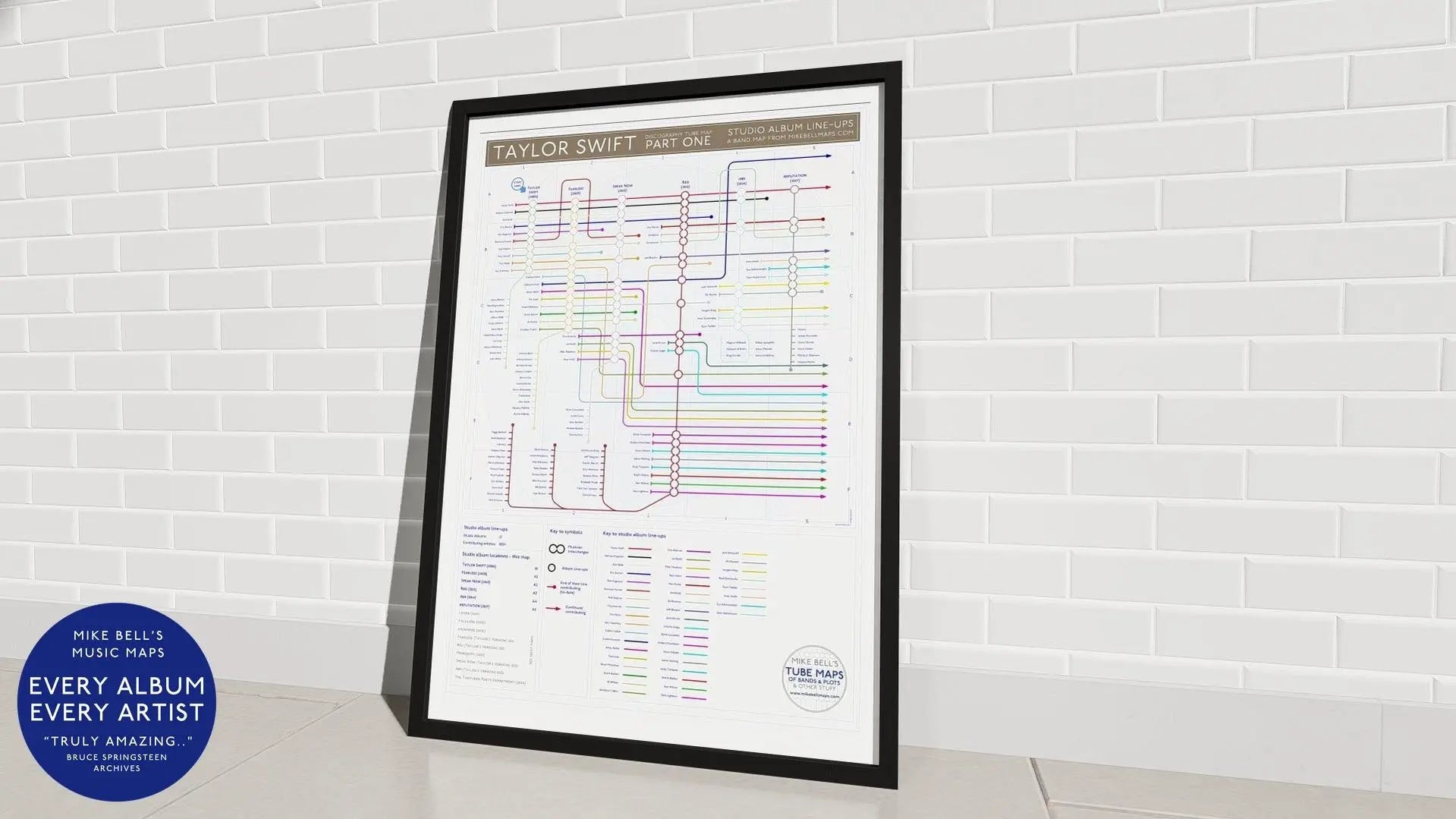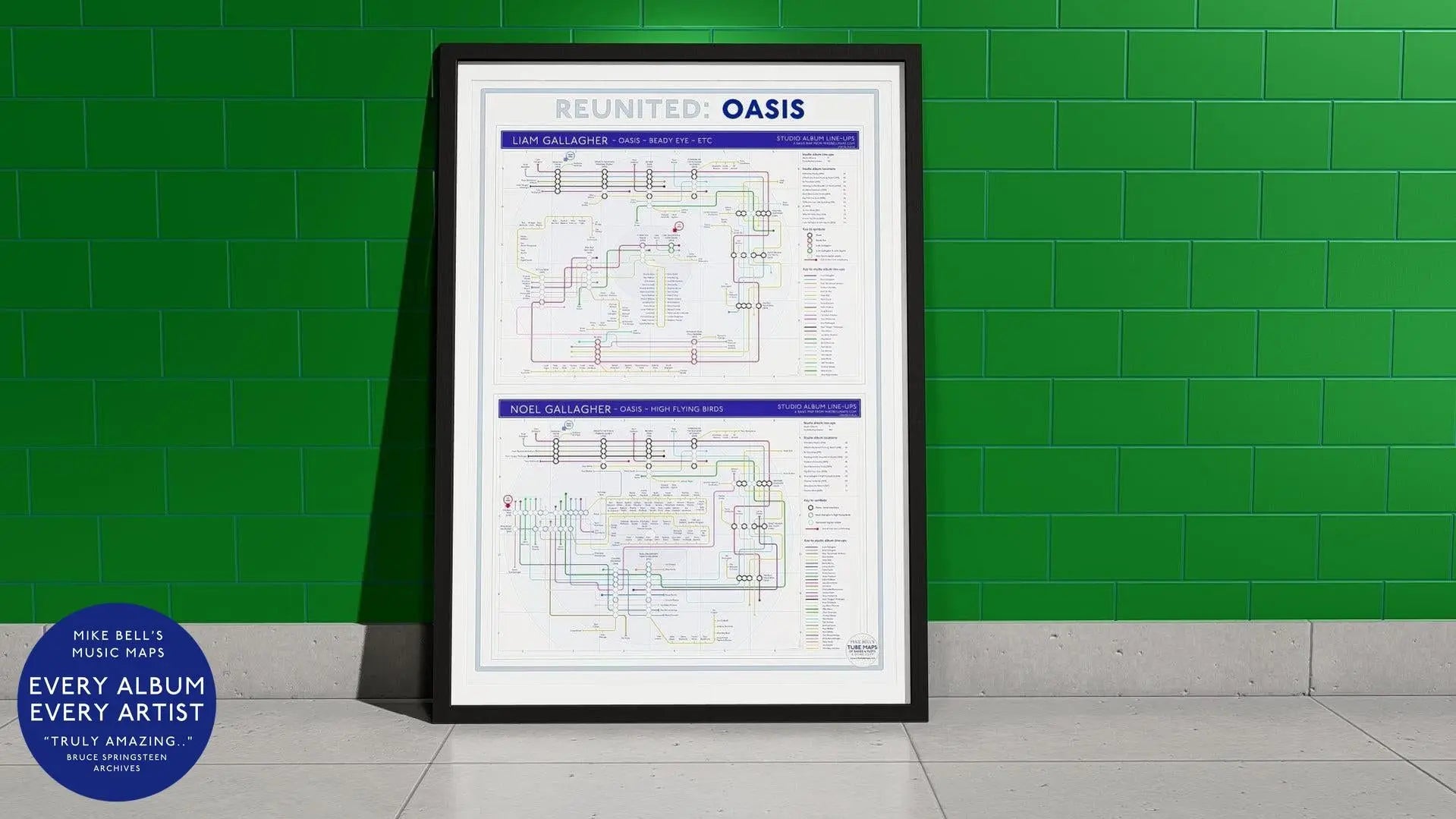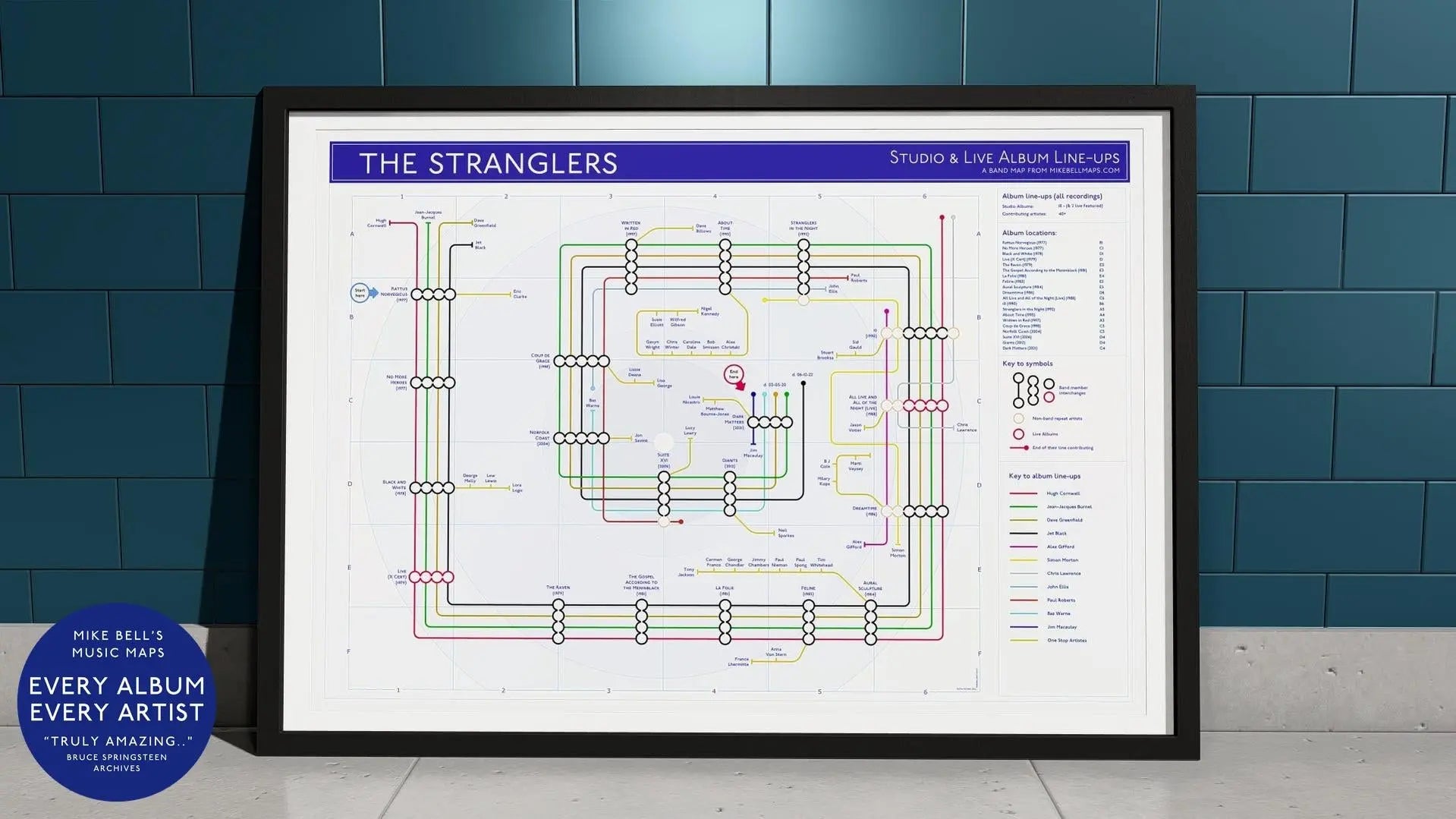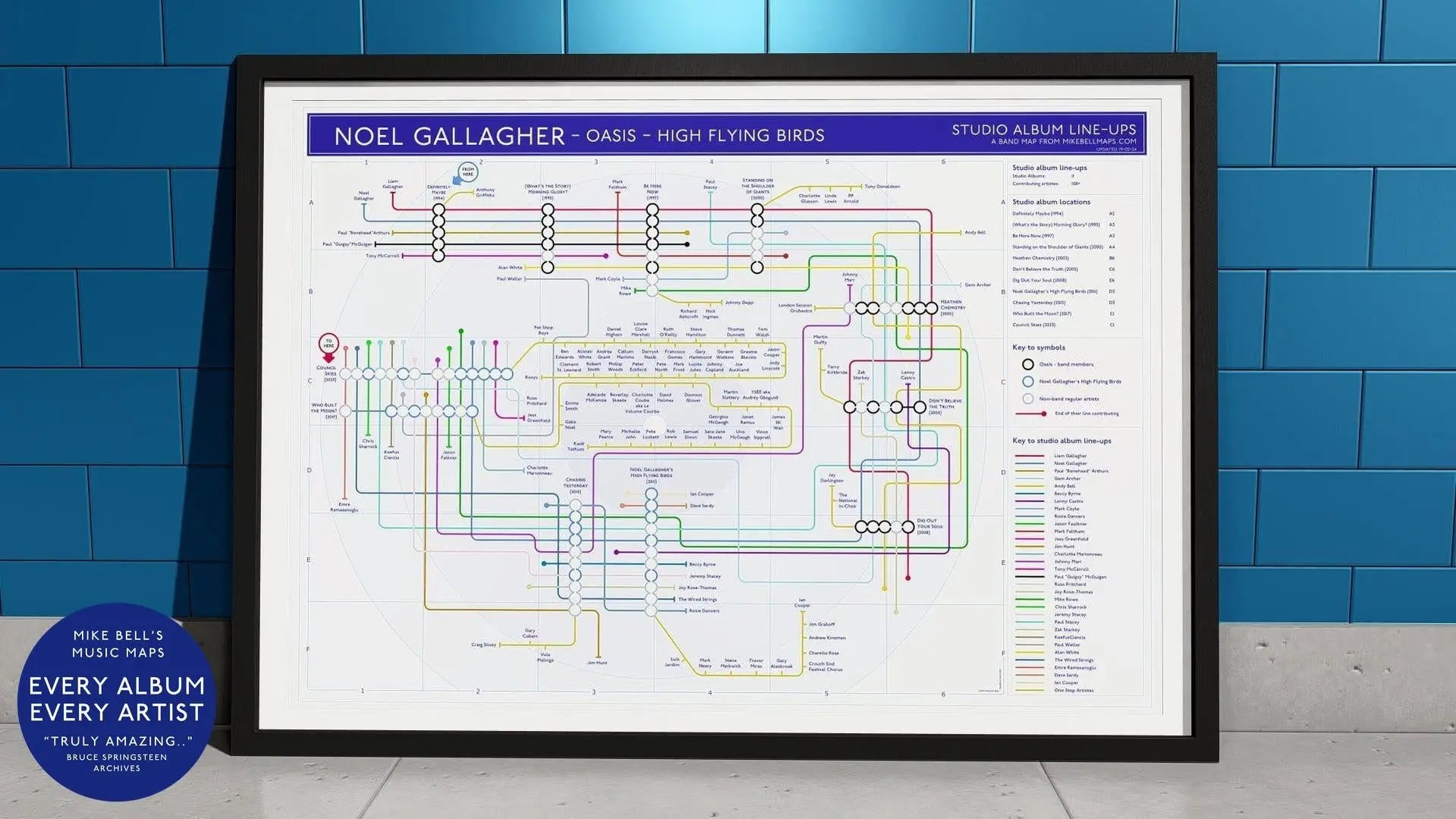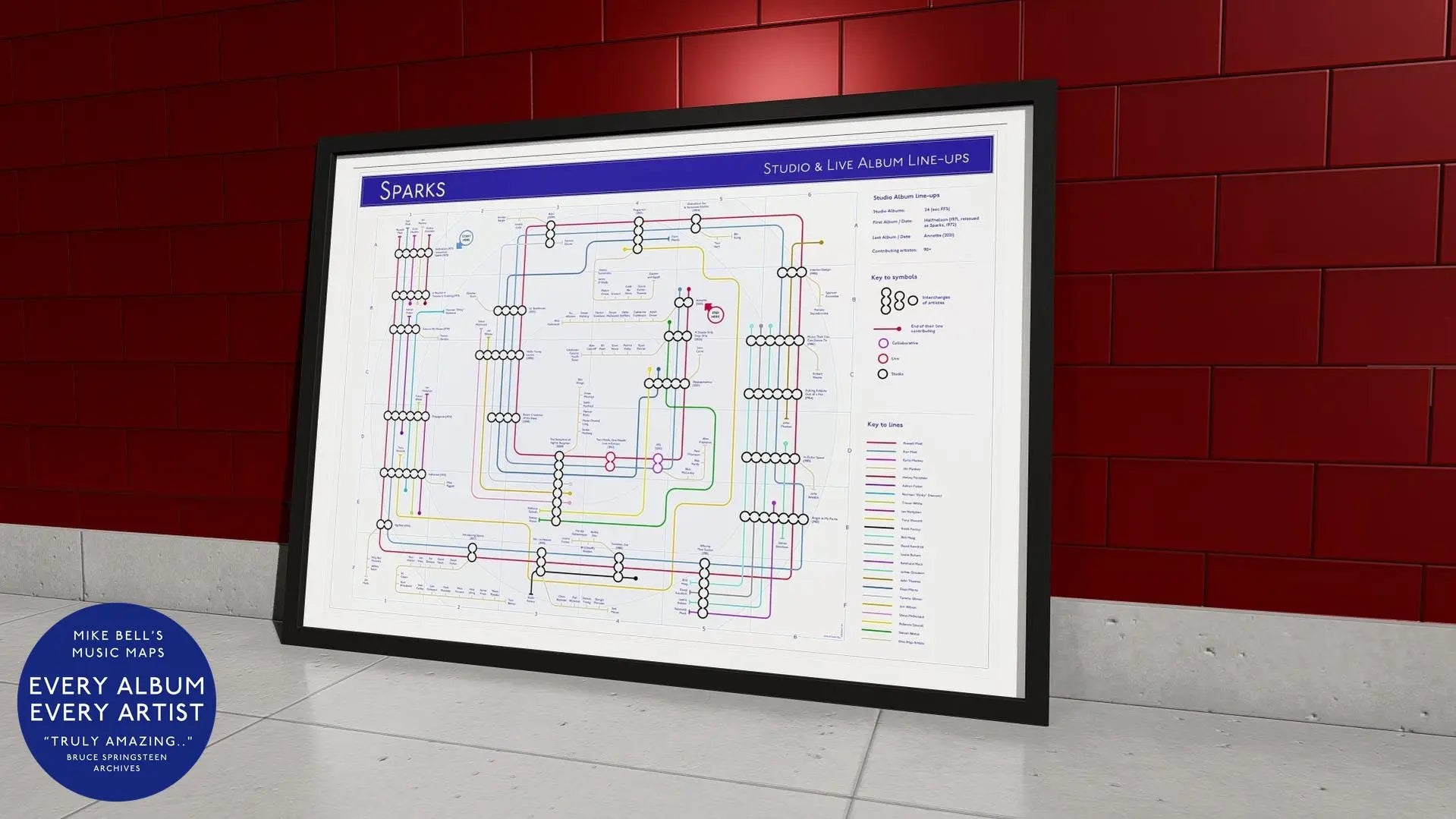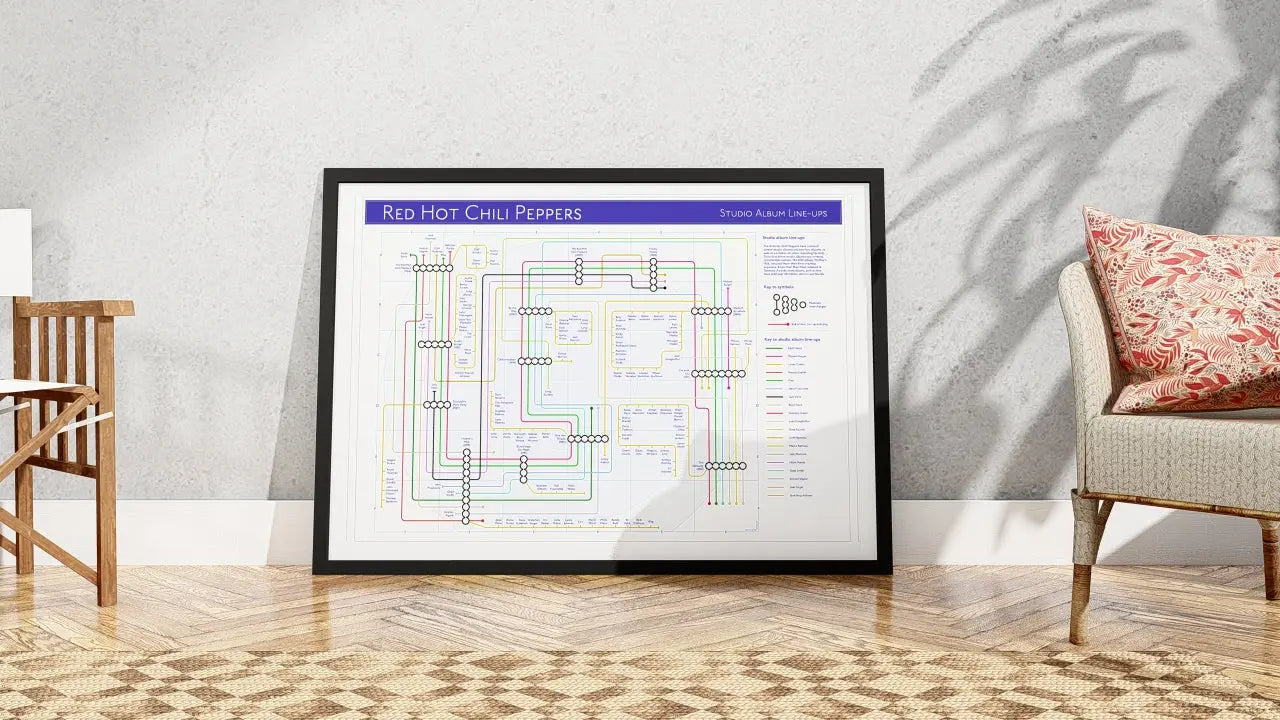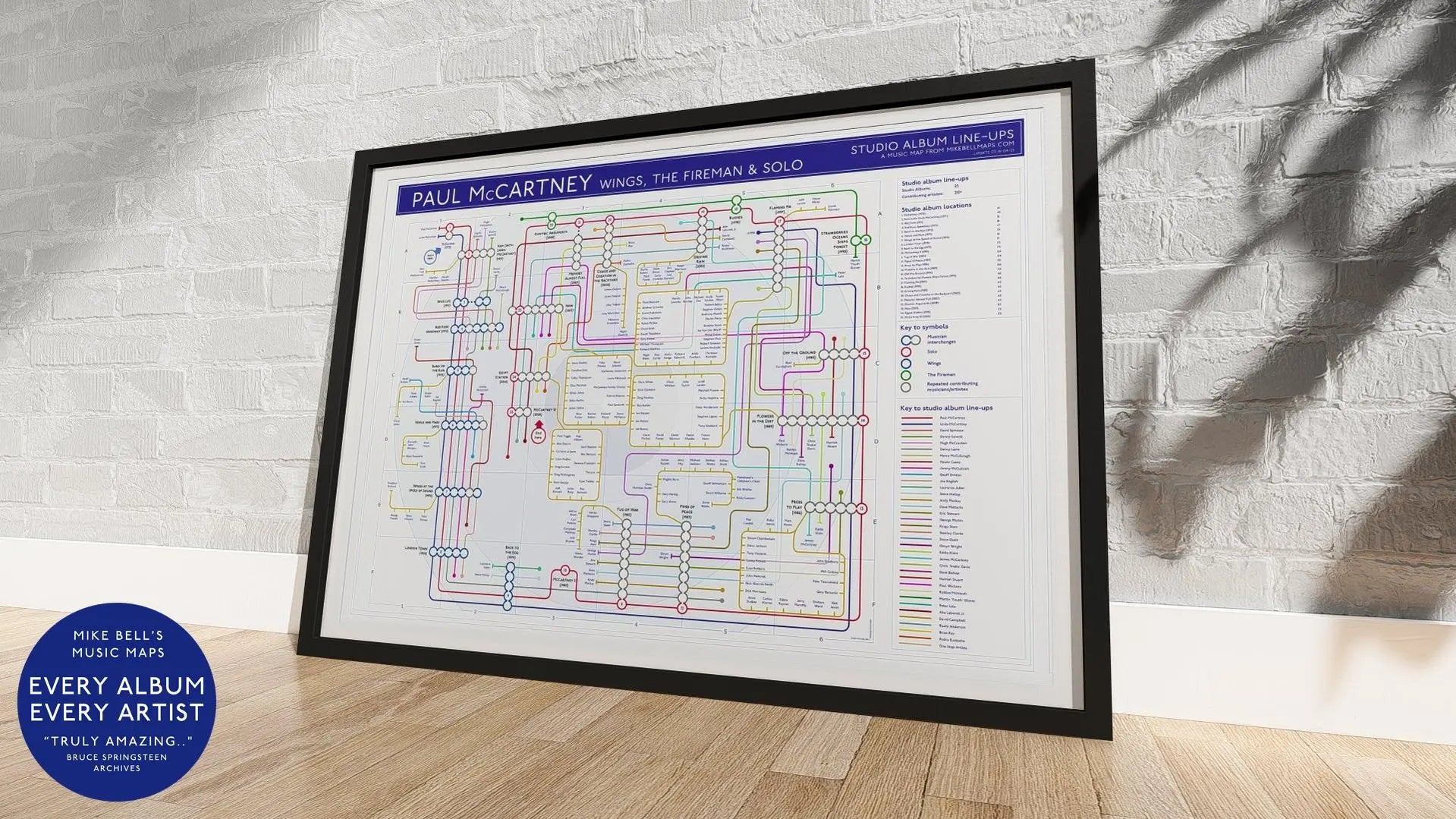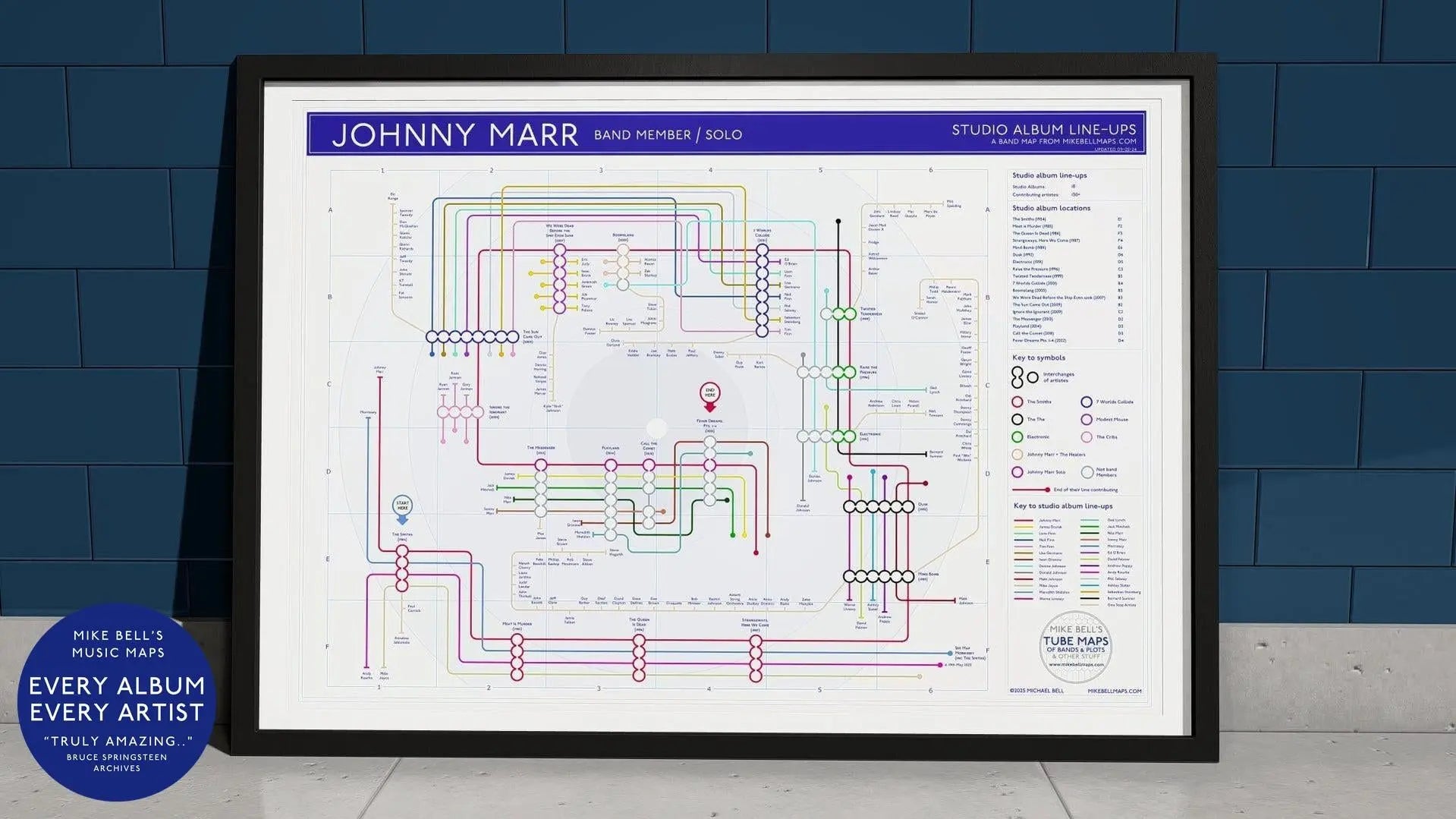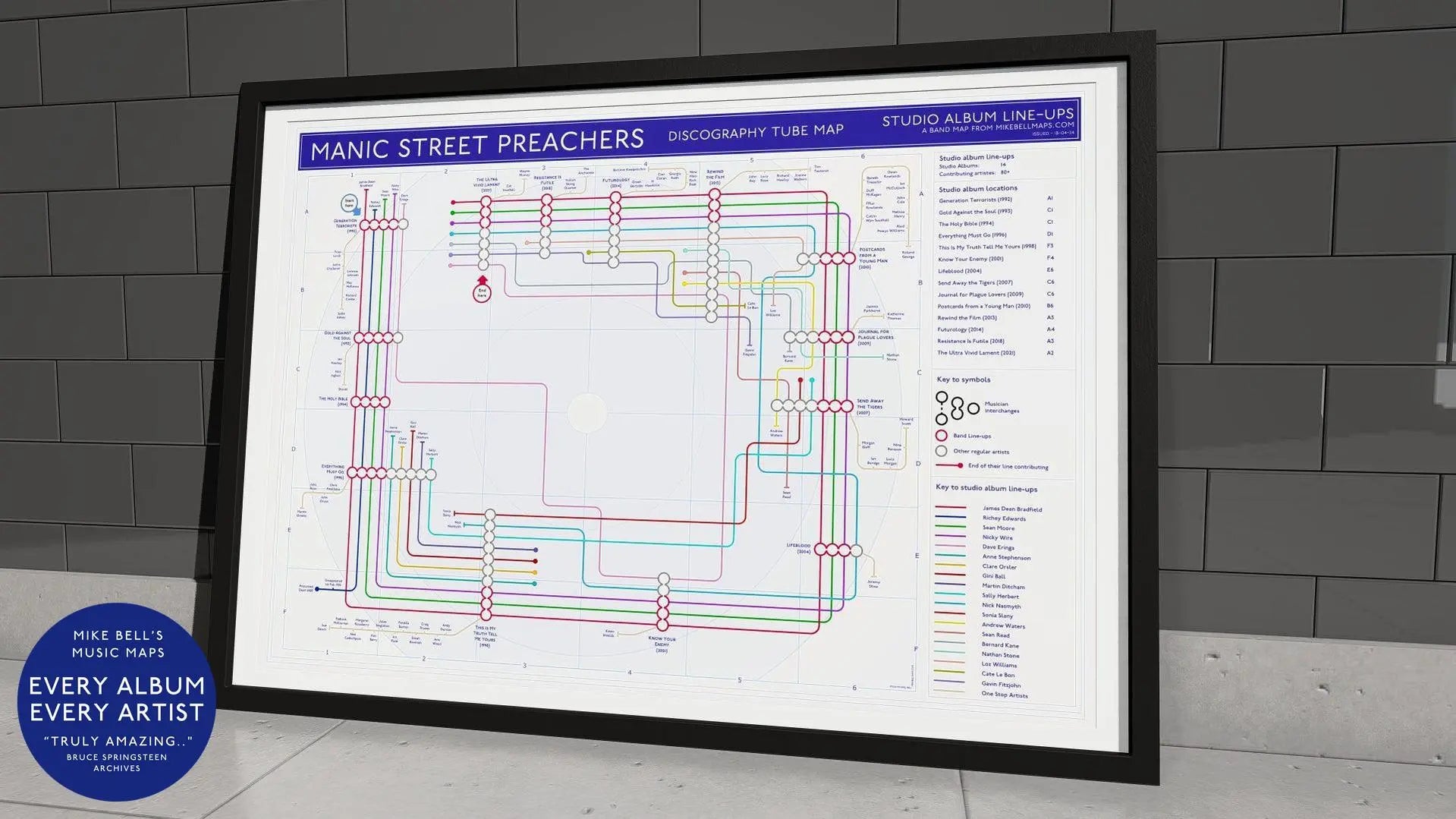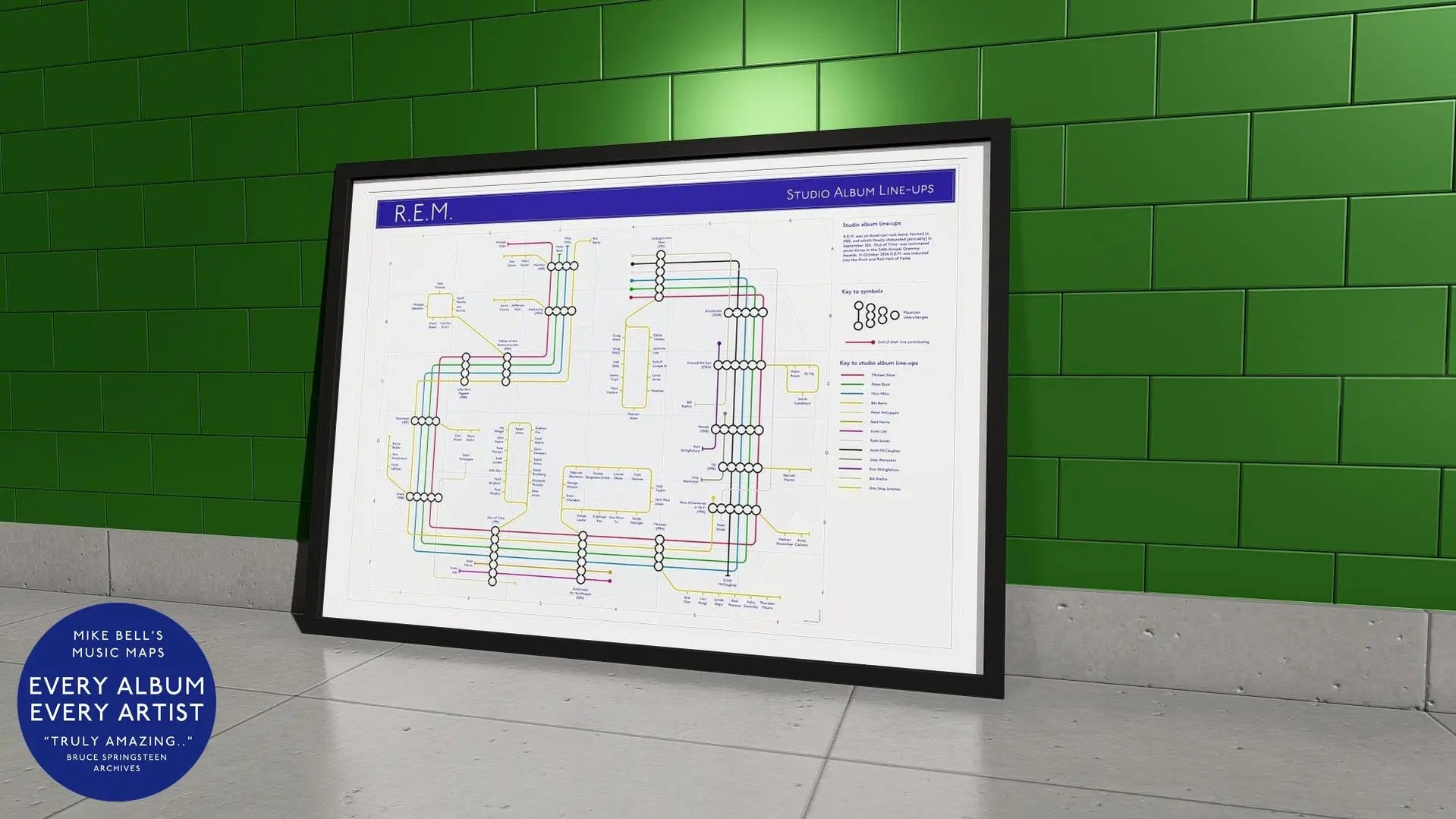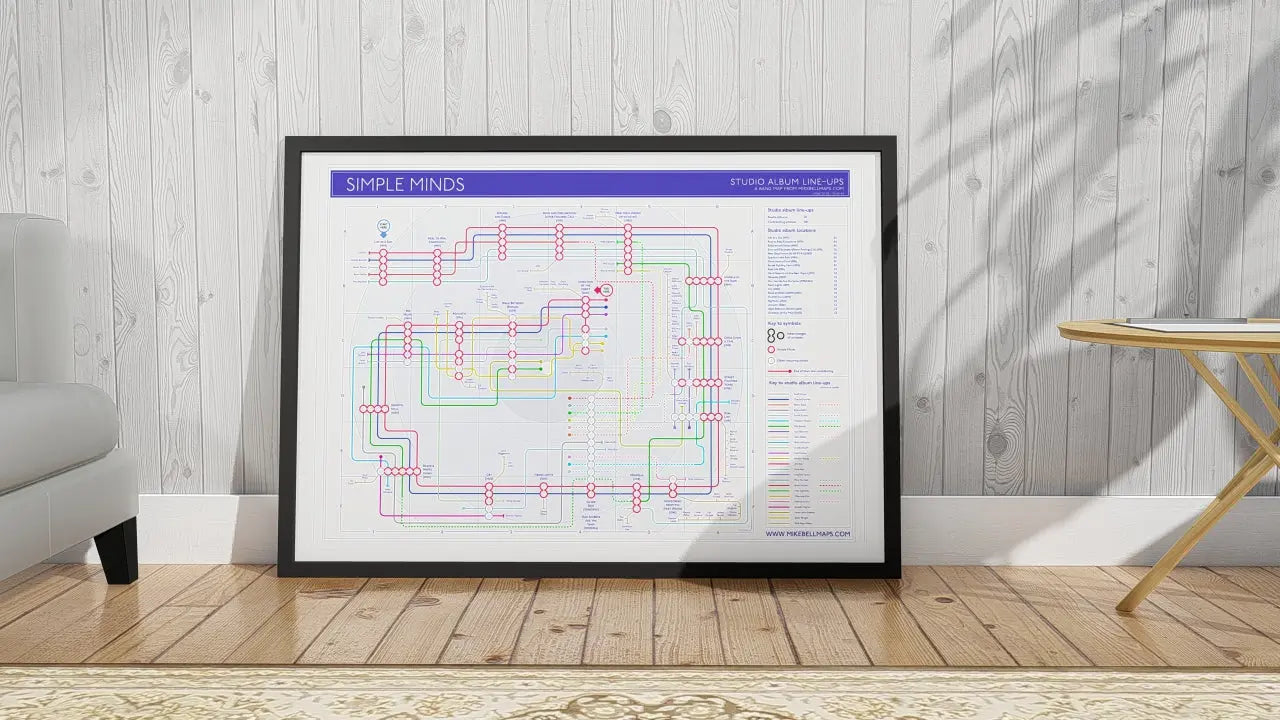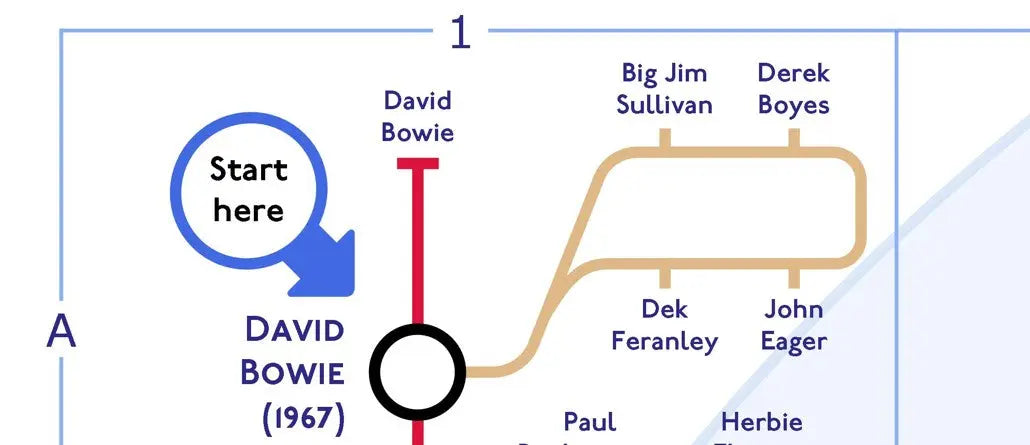
David Bowie's 1967 Debut Album: A Curious Beginning
by Mike Bell
·
When people think of David Bowie, they often think of Ziggy Stardust, Heroes, or his late-era masterpiece, Blackstar. But long before the lightning bolt and the personas, Bowie released a very different kind of album—his self-titled, David Bowie, on June 1st, 1967, the very same day Sgt. The Beatles' "A Hard Day’s Night" was released. David Bowie's 1967 debut album was not quite what newer fans would expect to hear, if they had heard it at all.
This first studio album doesn’t sound anything like the glam, art rock, or electronic experimentation that would come to define his later work. Instead, it’s a quirky, theatrical, and often tongue-in-cheek collection of songs that reflect British music hall traditions and whimsical storytelling. Think Anthony Newley with a surrealist twist. But perhaps the most overlooked aspect of this debut? The remarkable musicians who brought it to life.
As with all my studio discography music maps, I dig deep into the credits and personnel to show not just the headlines, but the full cast of collaborators. Here’s a closer look at who helped shape David Bowie's sound in 1967, and how they fit into the broader story of his evolution.

Who Played on David Bowie's First Album?
The debut was recorded at Decca Studios in London and released on their Deram label. Bowie, still only 20 years old, was finding his artistic voice—and surrounding himself with seasoned session pros to bring his unusual ideas to life.
David Bowie – Vocals, Writer, Visionary
Even on this early release, Bowie's lyrical imagination was already in full swing. The songs were packed with eccentric characters: Uncle Arthur, Please Mr. Gravedigger, and Sell Me a Coat are just a few. His vocals shift from crooner-style to theatrical narration, and while it may not have been a hit at the time, it offers a fascinating glimpse into a restless mind already overflowing with ideas.
Big Jim Sullivan – Guitar
A major name in the world of British session guitarists, Big Jim Sullivan played on literally thousands of records. He worked with everyone from Tom Jones and Dusty Springfield to Jimmy Page and Ritchie Blackmore. His guitar work on David Bowie's albums adds precision and professionalism to even the most unusual corners. Sullivan brought polish to Bowie’s oddball tales—keeping things grounded while still embracing the drama.
Derek Boyes – Organ
Boyes was part of The Buzz, one of Bowie’s early backing groups during his mod and R&B phase. His organ playing helped add colour and energy to the recordings—particularly crucial on a record where mood and narrative matter as much as melody. He’d already toured with Bowie and brought that live-band chemistry into the studio.
Dek Fearnley – Bass, Arranger
A jazz and classical-trained musician, Fearnley wasn’t just the bassist on the album—he was also a key arranger. He orchestrated many of the album’s string and brass sections, bringing complexity and theatrical flair to Bowie’s offbeat songwriting. That cinematic quality? Much of it came from Dek’s hands. His presence on this album is significant—one of those unsung heroes whose fingerprints are everywhere.
John Eager – Drums
Another Buzz member, John Eager’s drumming was sharp and controlled, fitting the musical theatre leanings of the album. He wasn’t laying down thunderous rock grooves yet—this was more of a tap-shoe rhythm section, and Eager was nimble and versatile enough to meet the challenge.
Why David Bowie's 1967 Debut Album Matters
David Bowie (1967) is rarely cited among Bowie fans’ top records—and that’s understandable. It's not a rock album. It’s not glam. It’s not soul, funk, Berlin-era, or avant-garde. But it is an essential part of his journey. The seeds of his storytelling, his ability to inhabit characters, and his love of genre experimentation are all here.
It also highlights something I constantly explore in my music map art prints—that great records are never made by one person alone. Even Bowie, the ultimate shape-shifter, relied on a core group of talented musicians to bring his vision to life in sound.
From Studio to Tube Map: Visualising Bowie’s Journey
As part of my David Bowie Studio Discography map, I’ve visualised every official studio album as a station on a beautifully styled tube map, with each musician appearing as a coloured line connecting through the albums they played on. This first album? It’s where lines like Big Jim Sullivan and Dek Fearnley appear for the first—and sometimes only—time. They may not reappear in the Bowie saga, but their contributions were vital at the start of the journey.
These early session players helped establish the foundation from which Bowie would soon leap into outer space, glam decadence, Berlin minimalism, and beyond.
Discover the Full Map
If you're a Bowie fan, a music collector, or someone who loves seeing music history visualised in a new way, check out my David Bowie Studio Discography Map. It’s printed on premium art paper and makes a brilliant gift or centrepiece for your wall.
Each musician, from the household names to the hidden legends, is mapped and celebrated. Because behind every great album, there’s a network of connections waiting to be discovered.









